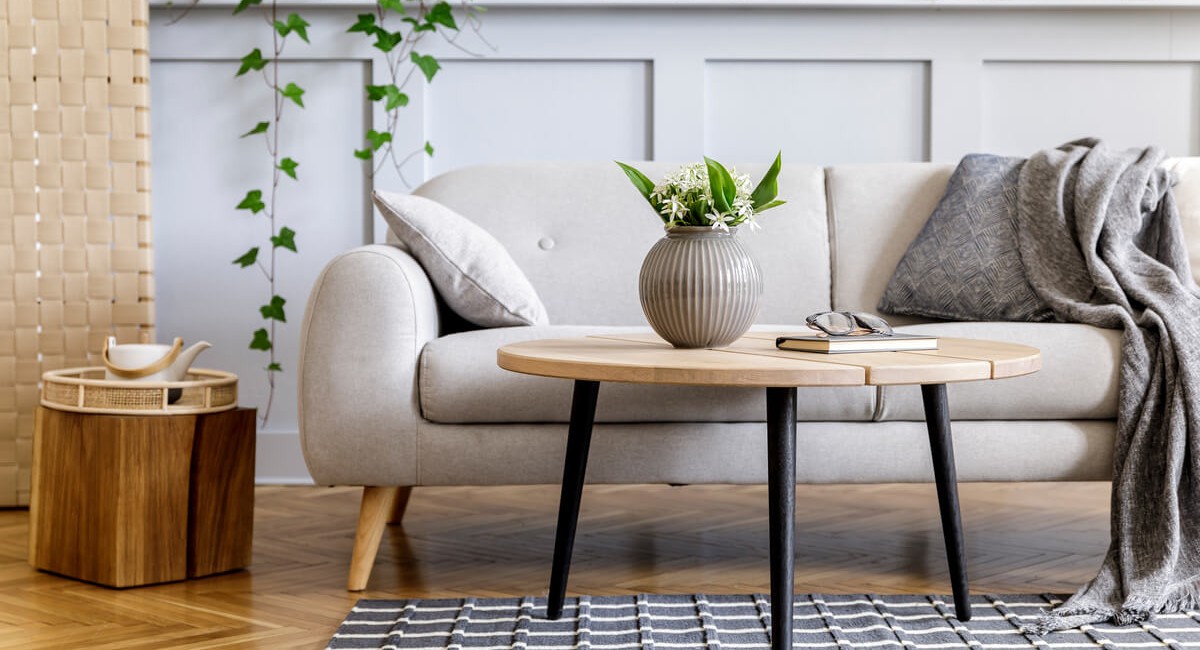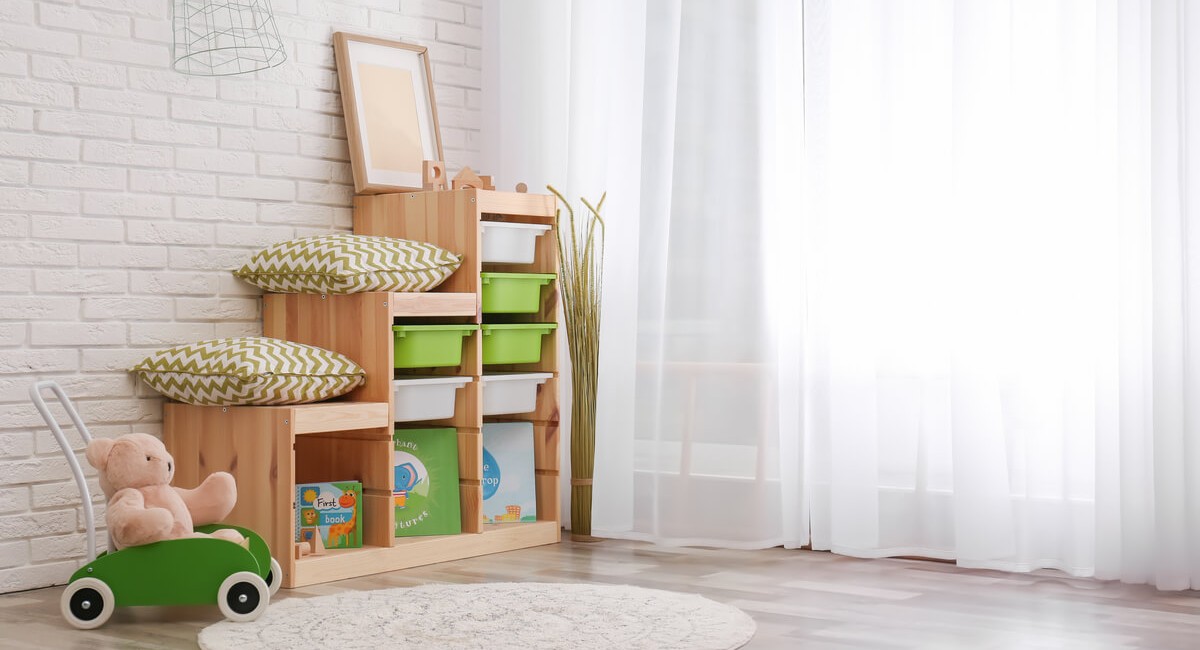People choose to move into smaller homes for a variety of reasons. Empty nesters downsize when their children have grown up and moved out, while retirees transition from two-storey homes to bungalows with accessibility and safety in mind. Some families downsize to reduce expenses and simplify their lifestyle.
No matter your reason for downsizing, adjusting to a smaller living space can be an emotional challenge. However, with the right approach, you can maintain your quality of life and even find new opportunities in a cozier home. Here are 12 practical tips to make downsizing feel effortless and rewarding:

1. Keep What Brings You Joy
Downsizing should be a liberating experience, not a stressful one. You don’t have to part with everything you cherish to make it work. Identify the items that bring you joy and purpose—those meaningful possessions that make your house feel like home. Everything else can be reassessed, repurposed, or rehomed.

2. Start Early
Decluttering should begin as soon as you decide to transition to a smaller home. Even if your move is a year or two away, it’s never too soon to start.
Set small, manageable goals—such as removing 10 items per week or tackling one room per month. Gradually reducing your belongings prevents overwhelm and allows time for thoughtful decision-making.
3. Enlist Help from Loved Ones
You don’t have to downsize alone. Reach out to family, friends, or even professional organizers for support. Loved ones can provide motivation and practical help as you sort through your belongings.
Giving meaningful items to family members can also bring peace of mind, knowing your cherished possessions will be well cared for in their new home.
4. Let Go of Duplicates
A simple way to downsize without feeling like you’re sacrificing too much is to eliminate duplicate items. Most households accumulate multiples of everyday essentials—kitchen tools, linens, and office supplies. If you have more than one of something, keep only the best and most frequently used version.
5. Edit Your Wardrobe
Many people find downsizing their clothing to be one of the most difficult steps. Clothing carries sentimental value and reflects personal style, but a curated wardrobe can be more functional and freeing.
If you haven’t worn an item in a year, it’s likely time to part ways. Keep clothing that fits well, feels comfortable, and suits your lifestyle. Donate or sell items that no longer serve you.
6. Go Digital
Paper clutter can quickly take over a home. Transitioning to digital storage can free up valuable space and improve organization.
Scan important documents, opt for digital subscriptions, and switch to online billing to reduce incoming paper. Consider using a cloud storage system to keep important files easily accessible.

7. Choose Quality Over Quantity
When living in a smaller space, prioritizing quality over quantity will help you feel more satisfied with what you keep. Fewer, well-made items often serve you better than an excess of lower-quality ones.
For example, having a smaller collection of durable cookware, high-quality linens, and versatile clothing can make everyday life more functional and enjoyable.
8. Invest in Multi-Functional Furniture
When space is limited, every piece of furniture should serve more than one purpose. Look for items such as storage ottomans, expandable dining tables, or a sofa bed that can double as guest accommodations.
Clever furniture choices allow you to maximize functionality without overcrowding your space.

9. Get Creative With Storage
Finding smart storage solutions will help you stay organized in a smaller home. Think vertically—install floating shelves, use hanging racks on doors, and take advantage of under-bed storage.
Hidden storage, such as built-in shelving or furniture with compartments, can also make a big difference in keeping clutter at bay.

10. Use Temporary Storage If Needed
If you’re uncertain about certain items, a temporary storage solution can provide a transition period. A storage unit or portable storage pod gives you time to decide what you truly need in your new home.
After a year, if you haven’t needed something, it’s a good sign that you can let it go for good.
11. Be Mindful of New Purchases
After downsizing, maintaining a clutter-free space is key. Be intentional with new purchases—before buying anything, ask yourself if it serves a real purpose or if it’s just an impulse buy.
Waiting a few days before making non-essential purchases can help curb unnecessary spending and keep your space organized.
12. Focus on the Benefits
While downsizing involves change, it also comes with many benefits. A smaller home is often easier to maintain, less expensive to heat and cool, and quicker to clean. The reduced upkeep can free up time and energy to focus on what matters most.
Many people find that downsizing reduces stress and enhances their overall quality of life. By focusing on what you truly need and love, you can create a home that feels spacious, functional, and perfectly suited to your lifestyle.
Making the Move Stress-Free
Downsizing doesn’t mean sacrificing comfort—it’s about prioritizing what truly matters. By decluttering thoughtfully, maximizing storage, and embracing a minimalist mindset, you can transition to a smaller home without feeling like you’re giving up space.
If you’re considering downsizing in Ontario and need expert guidance, I’d be happy to help you navigate the process and find a home that perfectly fits your next chapter. Let’s connect!




